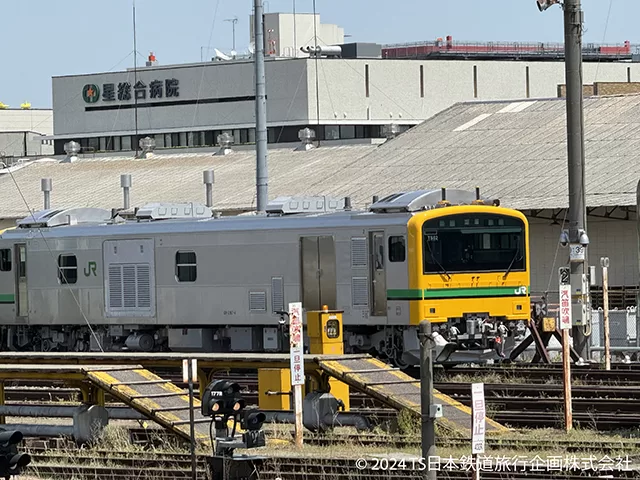Local trains – JR Suigun Line; fastest shinkansen-Tohoku Line; and limited express trains-Joban Line
We sometimes hear that travellers want to experience the shinkansen (bullet train), but do not want to travel to Kyoto or Osaka; or they want to get off the beaten track. The trip we describe below gives you a chance to travel at high speed on the fastest shinkansen line in Japan, then travel cross country on a scenic rural line by local train and then return to Tokyo on a Limited Express Train.
The Tohoku Shinkansen, although less well known to foreign visitors, it has the fastest operational speed of all the shinkansen lines in Japan, at 320km/h. It goes from Tokyo and as the name implies goes to Tohoku, with stations in Sendai, Morioka and Aomori where it connects to the Hokkaido Shinkansen with some trains going through to Hakodate. There are many “smaller stations, such as Koriyama, that are gateways to some of Japan’s best hidden charms.
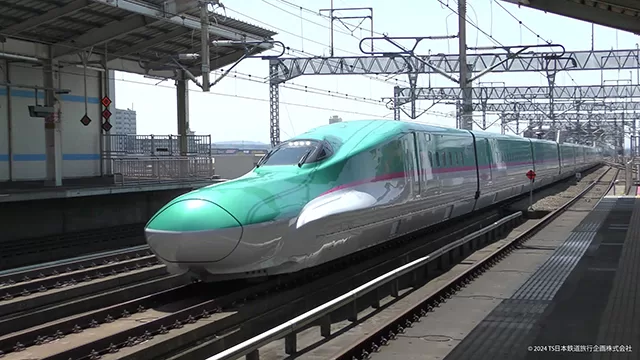
In this article we describe going from Tokyo to Koriyama (by shinkansen), then to Mito (by local train) and returning to Tokyo (by limited express train), however you can do this trip the other way. The author has done it both ways. It is always to best to do a little planning as trains are not so frequent on part of this route.
Also, although we describe this as a one day trip, it could also be used as part of a Tohoku or Northern Kanto itinerary. There are many possibilities!
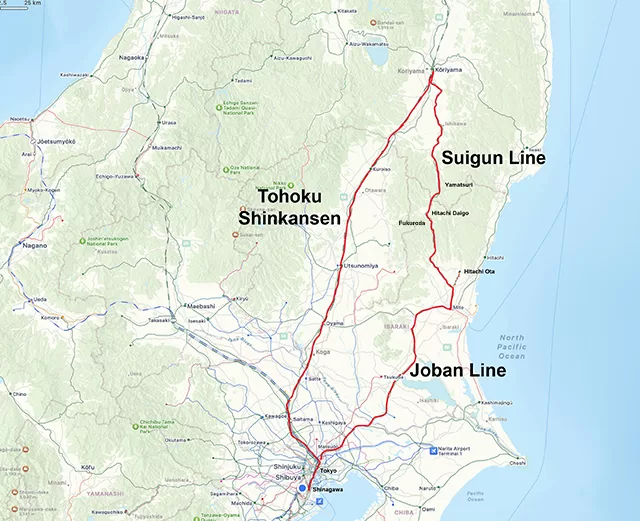
As you can see from the map this tour takes you to the Fukushima prefecture city of Koriyama. Koriyama is known to many tourists as it is where you change for Aizu Wakamatsu if using the Banetsu West Line. It is a junction station with local trains travelling north to Fukushima and Sendai, south to Nasu and Utsunomiya, and two lines going East, The Banetsu East Line and the Suigun Line, as well as the Banetsu West Line to Aizu Wakamatsu. But DO NOT WORRY, it is an easy station to navigate!
Koriyama – a railway crossroads
Before the Tohoku Shinkansen line opened, Koriyama was a major station and depot for trains express trains travelling north and south as well as being an East -West – North – South junction. You will notice that the platforms are very long, even though nowadays most trains are only 6,4,2 or even 1 car long.
The Koriyama Depot has allocation of DMUs KiHa110,111 & 112 used on the Banetsu East Line and Tadami Line, and KiHa E120 used on the Tadami Line, although most of the Tadami Line units are stabled at the Aizu Wakamatsu sub depot. [the Suigun Line KiHa E130s belong to the Mito Depot, but are serviced at the Hitachi Daigo sub depot.]
The Suigun Line – Connecting Fukushima Prefecture with Ibaraki Prefecture
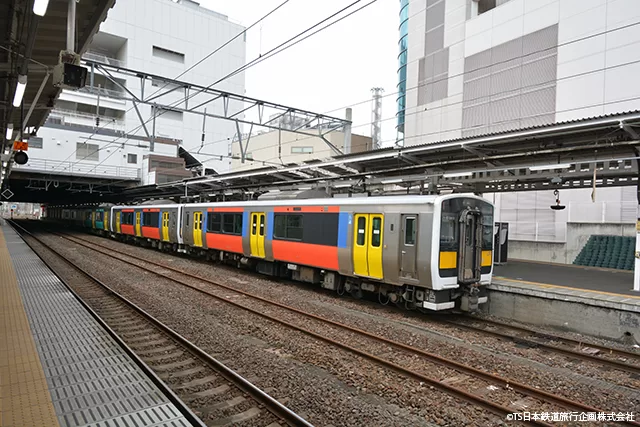
The Suigun Line is 137.6 km (85.4 miles) in length with 45 stations. The route is very rural and includes one branch line between Kamisugaya and Hitachi Ota. For much of the way the railway line follows the Kuji River. You will see lots of rice paddies on the journey.
Where does the name “SuigunLine” (水郡線) come from…?
As is common for a lot of railway lines in Japan, the name Suigun is derived from the initial kanji of the two terminals of the line. Mito’s 水戸 and Koriyama’s 郡山 but when put together 水郡 are read as “sui” & “gun” (rather than “mi(to)” & “kori(yama)” as kanji can be read differently depending on context.
Most trains do not operate the full length of the line and you will probably need to change at Hitachi Daigo. The journey time between Koriyama and Mito is just over 3 hours, however we would recommend stopping off in the Yamatsuri or Daigo areas. In particular not far from Fukuroda station, which is the station just after Hitachi Daigo if travelling towards Mito is not too far from the Fukuroda Water Falls (see panel below). Also Below are some scenery pictures taken from the train.
Yamatsuri Area Scenery
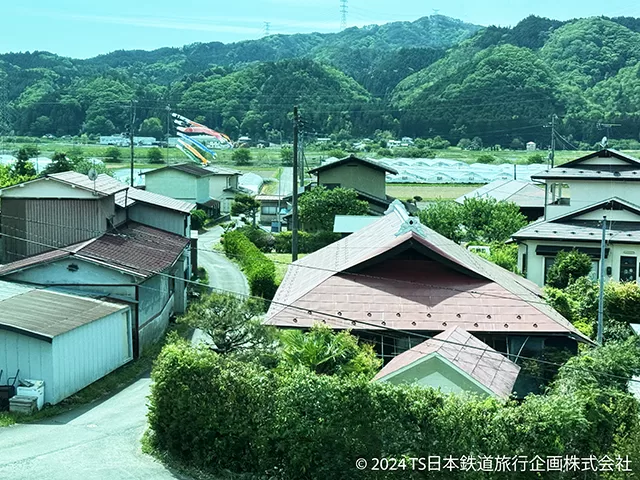
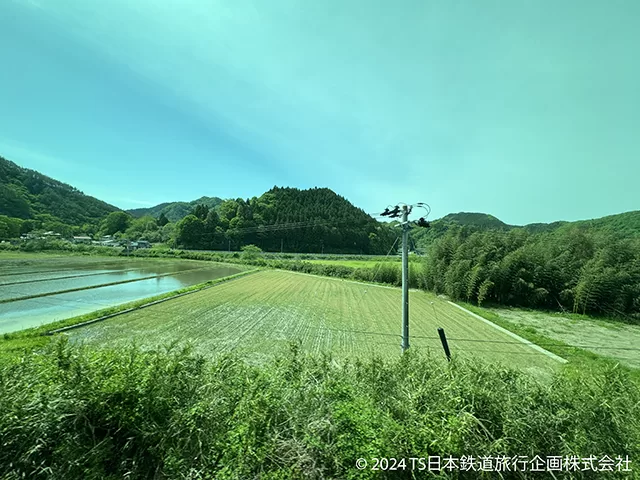
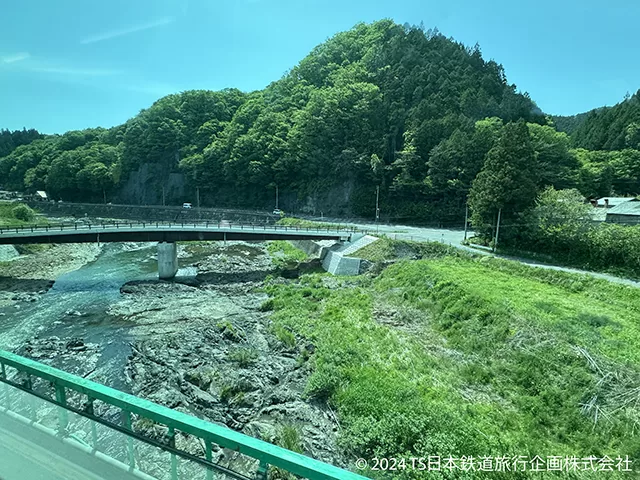
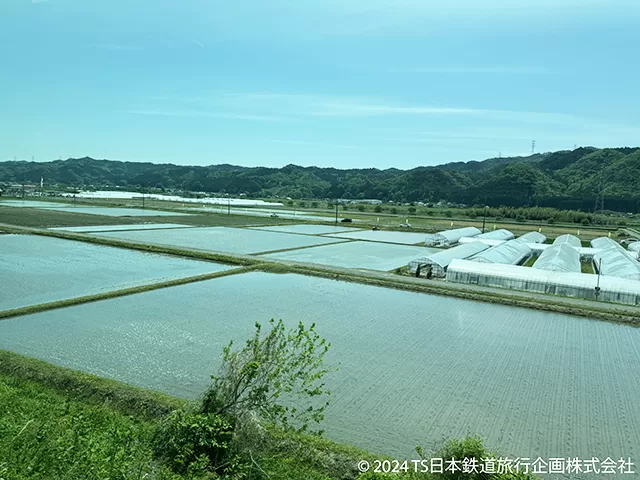
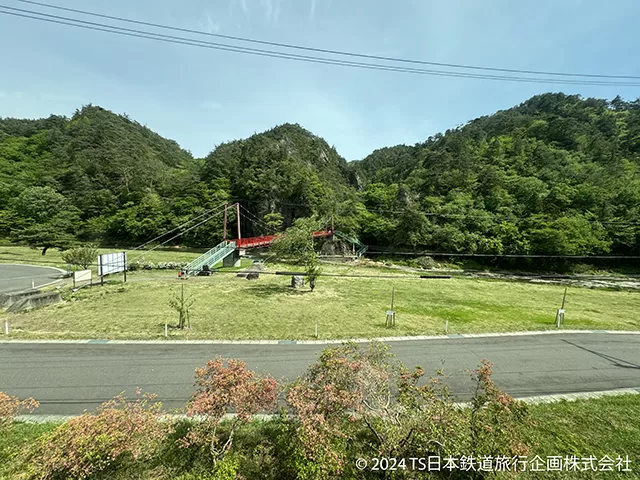
Fukuroda Falls – one of Japan’s most scenic waterfalls
The Fukuroda falls is one of the top three picturesque waterfalls in Japan. Although does not appear on many foreign tourist itineraries it is popular with local tourists.
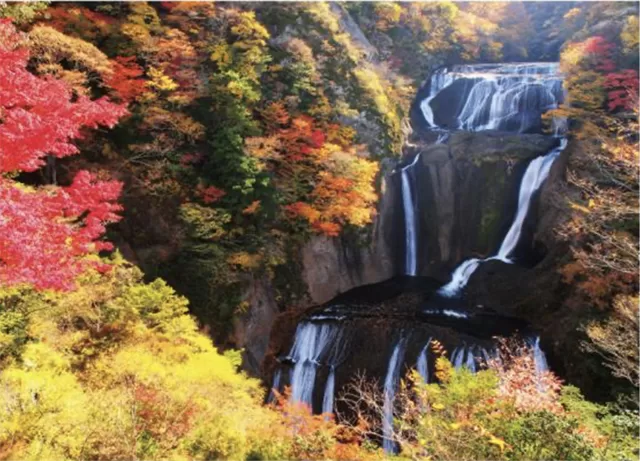
Picture Credit: Daigo Town Ibaraki Pref.
The waterfall is famous for both its size and height and also the surrounding scenery.
It is just a 10 minute bus ride from Fukuroda Station
For travellers who want to specifically go to Fukuroda Falls, from Tokyo it is better to go via Mito.
Daigo Area Scenery
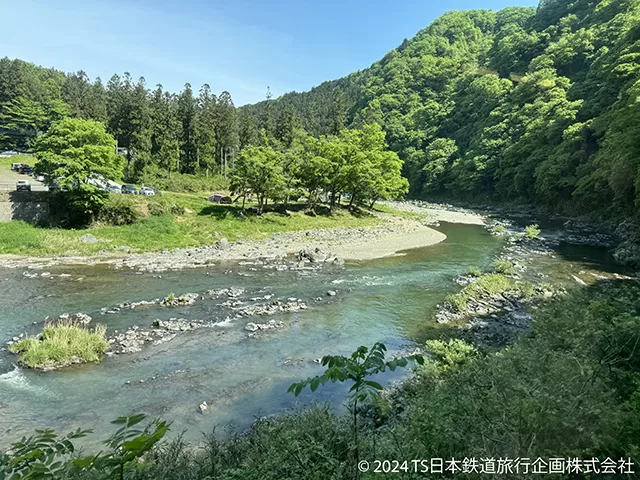
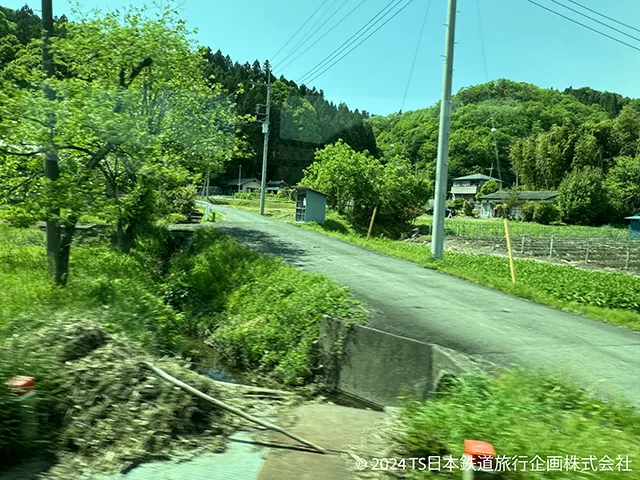
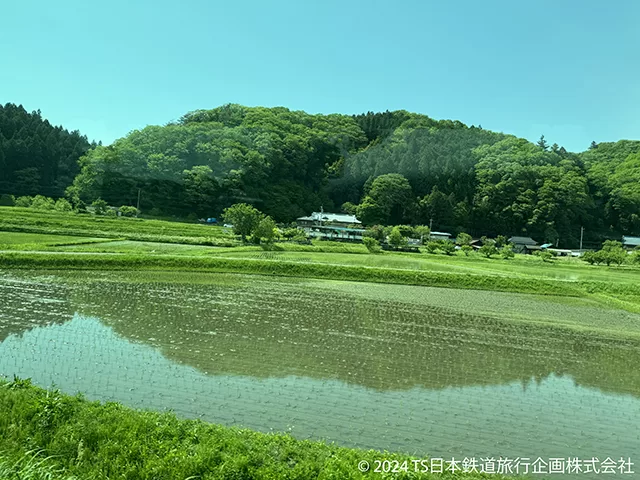
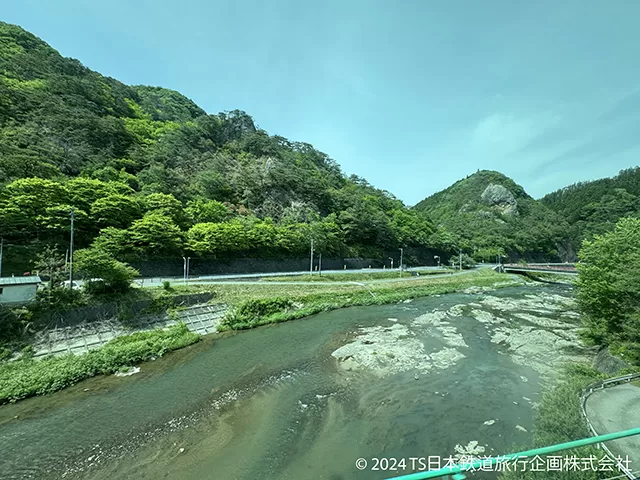
Mito – the Natto city
Eventually you will arrive in Mito, the capital city of Ibaraki Prefecture.
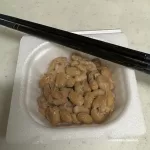
One of the things that Mito is well known for is Natto (fermented Soybean). Some will say it is acquired taste, but we would recommend trying it whilst you are in japan.
Mito is also famous for the Kairakuen a Japanese garden. It is particularly popular in late winter / early spring when the plum blossom is in bloom. It even has a temporary station that is open during the plum blossom season
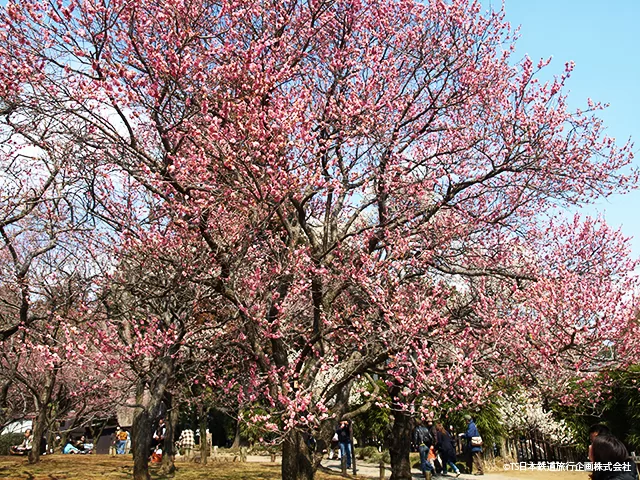
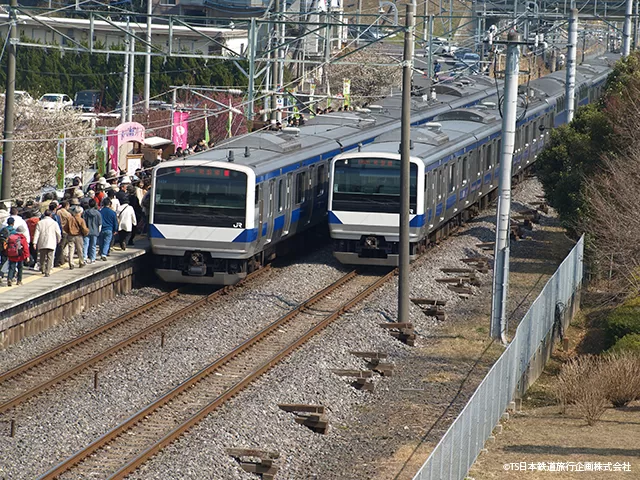
Hitachi Kaihinkoen (Hitachi Seaside Park) – a short side trip
Although not in Mito City and probably not possible to fit into a day trip, the nearby Hitachi Kaihinkoen, or Hitachi Seaside Park is also worth considering to visit. It is famous for the many seasonal flowering plants.
To get to the Hitachi Kaihinkoen take at Joban Line train to Katsuta (to the north) and then take a bus to the park.
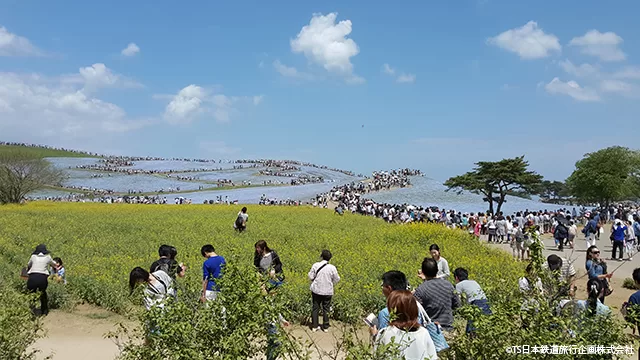
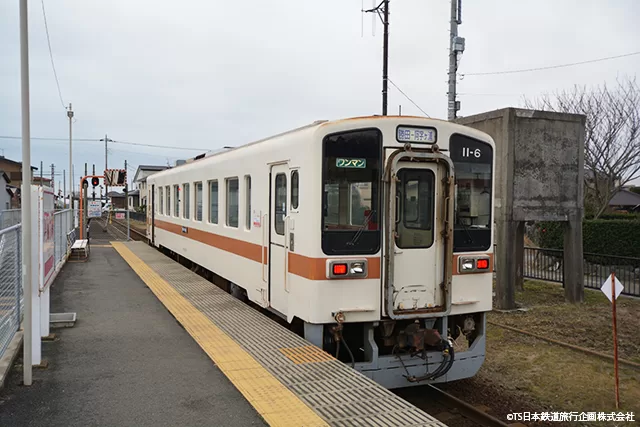
There is also an interesting non JR line that operates from Katsuda called the Hitachi Kaihin Tetsudo Line. It is planned that this line will be extended to Hitachi Kaihin Park.
Return to Tokyo via the Joban Line
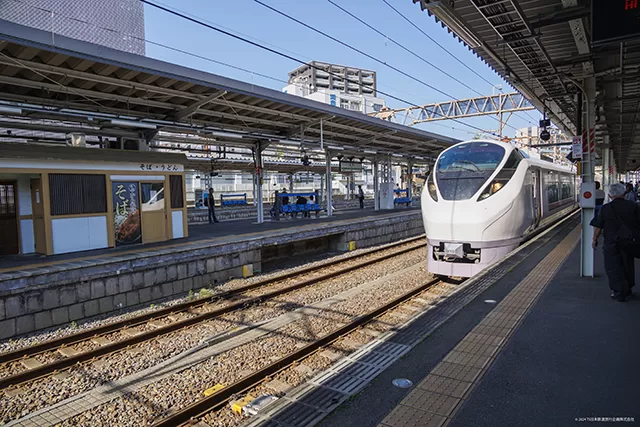
Mito is on the Joban Line and has most hours there are two Limited Express trains to the Tokyo area (Limited Express Hitachi of which most services run non-stop between Mito~Ueno; and Limited Express Tokiwa) and there are also ordinary rapid trains. Both Limited Express services are all reserved seats
Travel Information / Tourist Information
- JR Rail Passes can be used on all trains in this article except the Hitachi Kaihan Railway Line
- Most but not all Tohoku Shinkansen Yamabiko services and all Nasuno services call at Koriyama (Nasuno services stop at all stations to Koriyama). On these trains theer are unreserved and reserved seats.
- JR Suigun Line services are all local trains, no seat reservations, stop at all stations.
- Limited Express Hitachi and Limited Express Tokiwa are both all reserved seats and you are recommended to make a reservation. If you do not have a reservation, if you do not have a JR Rail Pass you will need to pay the full Limited Express reserved fare even if you have to stand, but can use seats that have not been reserved. If you have a JR Rail Pass you are not guaranteed a seat so may have to stand unless you have reserved.
- For travellers just going to the Fukuroda Falls, it is best to go via Mito.
- JR Suigun Line is a rural line with trains running every 1 or 2 hours. It is best to plan your trip before travelling.
- Tourist information:
- TS Japan Rail can help you plan your Seigun Line trip as part of your larger travel itinerary!
Joban Line
The Joban Line runs from Ueno to Iwanuma in Miyagi Prefecture, with trains running to / from Shinagawa in the South and Sendai in the North. There are even 3 daily return Limited Express trains to / from Ueno or Shinagawa and Sendai, although the journey takes just over 5 hours compared to 1 1/2~2hrs by shinkansen.
Another interesting point about the Joban line is that it operates on two electrical supply systems. Between Tokyo and Toride 1500v DC and between Toride and Iwanuma 20kv AC. This means that on the Tokyo end of the line several types of electrical multiple units are used including the 511 series which is dual voltage that operates between Tokyo and Mito, Katsuta & Takahagi, E231 series on the 1500v sections south of Toride and 501 series (20kv) between Mito and Haranomachi, and 701 &721 series (20kv) between Haranomachi and Sendai. Limited Express trains are operated by the dual voltage E657 series which replaced the E653 (now used on the Uetsu and Shinetsu Main Lines) and 651 series (now withdrawn). There are two E653s based at the Katsuta depot for special services.
Whether you want to See Japan by Rail or Explore Japan’s Railways, TS Japan Rail can help you plan your trip with ideas, designing travel itineraries, assisting with bookings and more.
We take the stress out of planning your trip and help ensure it is successful!
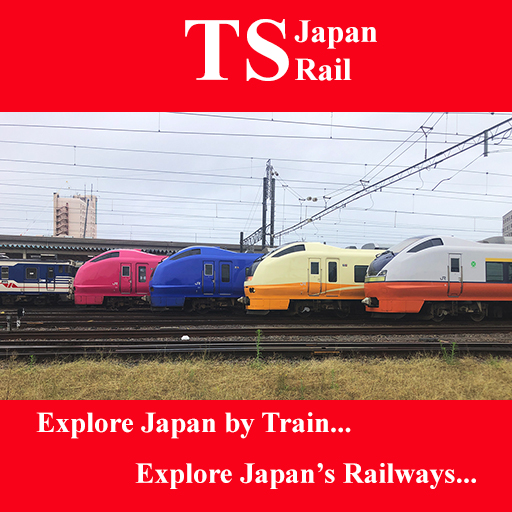
For more information on our services
see our homepage!

